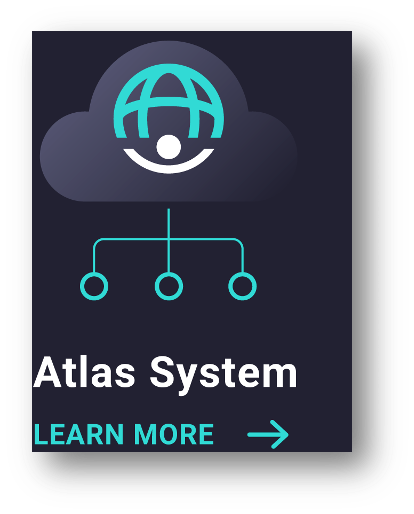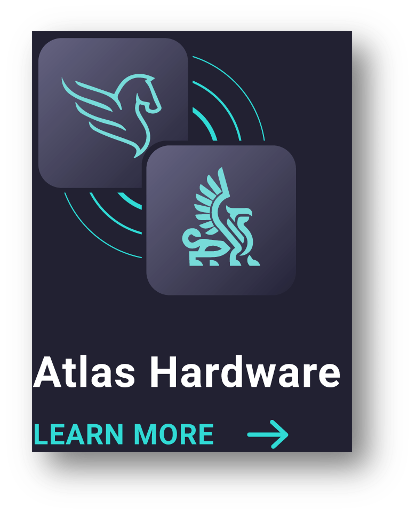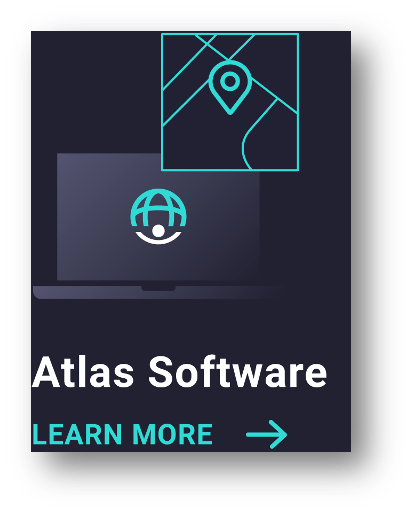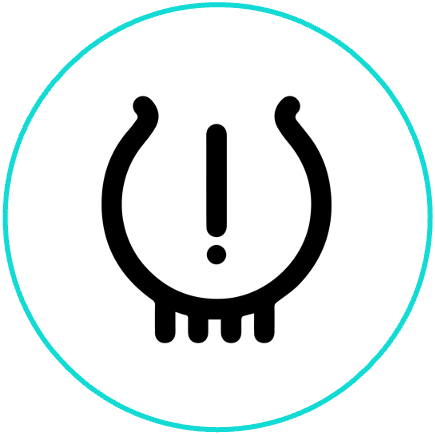Dynamic monitoring of wheel installation is the best way to prevent wheel loss. Continuous real-time monitoring of any wheel for the potential of a loosening nut is immediately reported to the driver and fleet manager. It is worth noting that a wheel never loosens or detaches from a stationary vehicle! Current solutions rely on a physical inspection and therefore do not address the fundamental problem of a loss of wheel during motion. Wheels are monitored even if the vehicle (e.g. trailer) is unpowered. In addition monitoring rim temperatures will highlight any potential hub/brake temperature issues.

Loss of Wheel
UK annual figures:
Between 7,500 and 11,000 wheel fixing defects
Between 150 and 400 wheel detachments
Between 3 and 7 fatal accidents

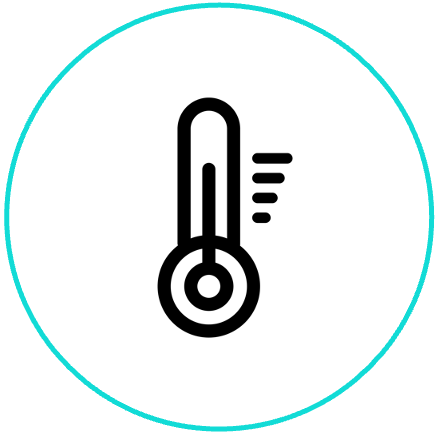
Hub/Brake Temp Monitoring for excessive hub and brake temp.
Real time monitoring of hub/brake temperature
Wheel Loss Prevention – Reasons wheels come off
- Over torquing/tightening (causes stretching of stud threads)
- Painted or dirty/rusty wheel mating faces
- Training and skill levels on technicians
- Torque wrench calibration
- Incorrect torque setting/failure to re-torque
- Human error
- Lack of wheel and tyre procedures
- Snow chains (fretting of wheels)
- Aged nuts, stud drums and wheels (worn)
- Environmental issues (temperature change/wheel washing)
- Frequent wheel change (increase of risk)
- Inner tyre deflation/blow out
- Kerbing
Wheel Loss Monitoring
None of the current solutions in the market provide an in-motion driver or fleet manager alert for loosening nuts and cannot show accurate rim temperatures and early axle end issues. By including wheel loss sensors to outside wheels an opening for as little as 1mm is detected showing the early signs of potential wheel loss. Alerts are immediately transmitted to the driver together with the added security of immediate alerts also to the fleet manager, immediate action can be taken. Alerts are sent via text or email, together with location and vehicle details.
Utilising a bracket across two wheel nuts (2 per wheel) the sensor regularly transmits rim temperatures and nut movement and will send alerts should temperatures of 100 degrees centigrade be detected. The highest temperature is recorded for an audit trail.
Safety Check After Maintenance
Checks and warnings can be implemented to ensure drivers stop to re-tighten wheels after any maintenance events. Data would be visible to the fleet manager.
Hub/Brake Temperature Monitoring
Monitor temperature to detect hub or brake problems.

The same wheel loss sensor also monitors heat and can quickly identify a temperature abnormality from the brakes or hub. Alerts are transmitted when the temperature exceeds 100°C – a level which can indicate maintenance issues such as sticking brakes or hub failure.
Trailer fires are not uncommon.
Today there is an ever increasing demand for the transportation of goods on our roads that will more than likely mean a growth in the frequency of trailer fires.
“The most common causes of trailer fires are due to issues with brakes, wheel bearings, air leaks and tyres.
Double Deck trailers are gaining popularity because of their increased capacity enabling more goods to be transported. A lower profile twinned tyre assembly is fitted on the axle. The close proximity of the trailer body along with a fitment of a side skirt will contain heat and aggravate any potential issue caused by mechanical or tyre failure.
At 150 degrees Celsius tyres can experience potential failure. Inevitably tyres will always provide the fuel needed for trailer & vehicle fires.
Connected hub and tyre temperature monitoring will help prevent the catastrophic loss of life, vehicle and goods transported.”
Much More Than TPMS….
ATLAS has many features beyond TPMS such as Tracking, Security, Axle Load Monitoring. Find out more….


